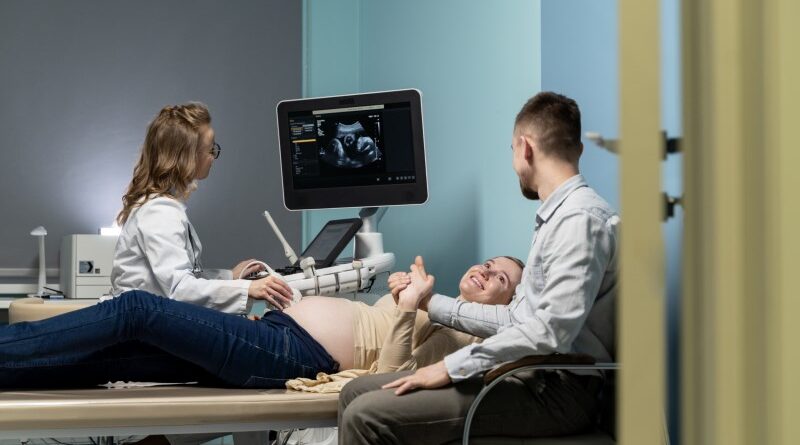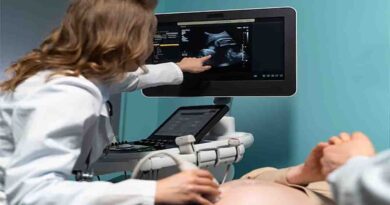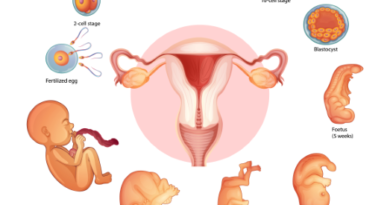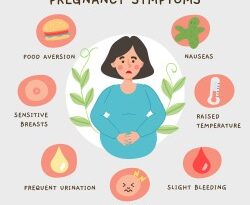Pregnancy Risk Assessment Monitoring System | PRAMS
Pregnancy Risk Assessment Monitoring System, Pregnancy is a transformative journey that brings both joy and challenges to expectant mothers. The journey to motherhood is not only a physical experience but also a period of emotional, psychological, and medical changes. Ensuring the well-being of both the mother and the unborn child is of paramount importance, making proper prenatal care a critical factor in a healthy pregnancy. To achieve this, healthcare systems and policymakers rely on comprehensive data to develop effective strategies that mitigate risks and enhance maternal and infant health. One such invaluable tool in this endeavor is the Pregnancy Risk Assessment Monitoring System, widely known as PRAMS.
Understanding PRAMS: Unveiling the Essence
Pregnancy Risk Assessment Monitoring System (PRAMS) is a surveillance project developed by the Centers for Disease Control and Prevention (CDC) in collaboration with state health departments in the United States. Launched in 1987, PRAMS was designed to collect data on maternal behaviors, experiences, and healthcare access before, during, and after pregnancy. By gathering information directly from new mothers, PRAMS offers a unique insight into the complex factors that influence maternal and infant health.
The Core Objectives of the Pregnancy Risk Assessment Monitoring System
The Pregnancy Risk Assessment Monitoring System (PRAMS) serves the dual purpose of improving maternal care and providing valuable data for public health initiatives. The key objectives of PRAMS include:
- Identifying Risk Factors: PRAMS collects information on a wide range of factors such as maternal health behaviors, healthcare utilization, social support, and emotional well-being. By analyzing this data, healthcare professionals can identify risk factors associated with adverse maternal and infant outcomes.
- Tailoring Interventions: The data collected by PRAMS aids in tailoring interventions and healthcare policies to address the specific needs of diverse populations. This ensures that healthcare resources are effectively allocated to the areas that need them the most.
- Monitoring Trends: Over time, PRAMS data enables the identification of trends and changes in maternal and infant health. This longitudinal data allows for a deeper understanding of the impact of interventions and policy changes.
- Evaluating Programs: Public health programs and interventions can be evaluated based on the insights provided by PRAMS data. This evaluation helps in refining strategies and improving outcomes.
PRAMS Methodology: From Data Collection to Insights

Pregnancy Risk Assessment Monitoring System (PRAMS) employs a two-step methodology to gather comprehensive data on maternal experiences. The process involves the following steps:
- Sample Selection: A random sample of women who have recently given birth is selected from birth certificates. This sample represents a cross-section of new mothers, allowing for a diverse range of experiences to be captured.
- Data Collection: Selected women are contacted via mail or telephone and asked to complete a questionnaire. The questionnaire covers a wide spectrum of topics, including maternal behaviors, healthcare access, emotional well-being, and experiences before, during, and after pregnancy.
Empowering Maternal and Infant Health Through PRAMS
Pregnancy Risk Assessment Monitoring System, The insights provided by PRAMS have far-reaching implications for maternal and infant health:
- Early Identification of Risk Factors: PRAMS data allows healthcare providers to identify risk factors such as smoking, inadequate prenatal care, or lack of social support. Early identification enables timely interventions to mitigate these risks, improving outcomes for both mother and child.
- Tailored Interventions: By understanding the unique challenges faced by different demographic groups, healthcare interventions can be tailored to meet their specific needs. This targeted approach increases the efficacy of interventions.
- Informed Policy Development: Policymakers rely on PRAMS data to make informed decisions about maternal and infant health policies. Whether it’s promoting breastfeeding or improving access to prenatal care, PRAMS insights drive evidence-based policy changes.
- Longitudinal Tracking: The longitudinal nature of PRAMS data enables the tracking of changes over time. This helps in evaluating the long-term impact of interventions and understanding evolving health trends.
Challenges and Future Prospects
Pregnancy Risk Assessment Monitoring System (PRAMS) has proven to be a valuable tool, it’s not without challenges. Ensuring high response rates, addressing biases in self-reported data, and adapting to changing demographics are ongoing concerns. Additionally, as technology advances, there’s a growing opportunity to enhance data collection methods and analysis techniques.
In the future, PRAMS could benefit from incorporating digital health tools and leveraging electronic health records. These advancements could streamline data collection, improve accuracy, and provide real-time insights. Moreover, collaborations between countries could facilitate the exchange of best practices and data-driven strategies on a global scale.
Nurturing Healthier Beginnings
Pregnancy Risk Assessment Monitoring System (PRAMS) stands as a testament to the power of data-driven insights in transforming maternal and infant health. By delving into the intricate web of maternal experiences and behaviors, PRAMS equips healthcare providers, policymakers, and researchers with the tools they need to make informed decisions that shape the well-being of generations to come. As PRAMS continues to evolve, so too does our understanding of the complexities of pregnancy, enabling us to nurture healthier beginnings for mothers and their newborns.




